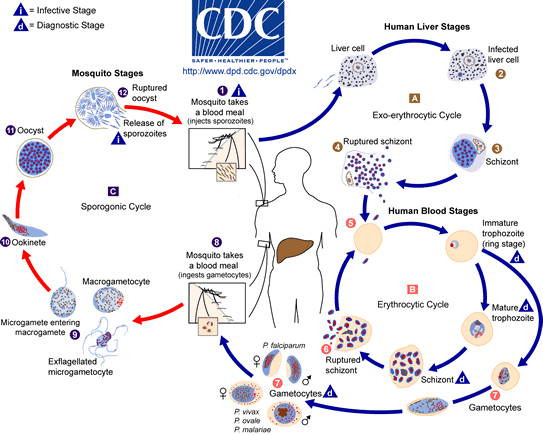QUESTION
Do I need antimalarials if i am returning to my home country in pakistan after two years?
ANSWER
That depends on where you will be going in Pakistan and how long you are planning on staying. Malaria is a risk at all areas under 2,500m of altitude. However, antimalarials are not recommended to be taken on a long-term basis, so if you are relocating home permanently and will be in an area at risk of malaria transmission, you should look into other preventative measures. This includes sleeping under a long-lasting insecticide-treated bednet at night, which prevents infected mosquitoes from biting you, and also potentially spraying indoors to kill mosquitoes. Making sure all rooms are well-screened can also keep mosquitoes out, and wearing long-sleeved clothing and insect repellent on exposed skin will further reduce bites. If you suspect you might have malaria (for example if you experience high fever, particularly coming in cycles interspersed with chills), you should immediately visit a doctor or clinic to test for malaria, so you can receive prompt and accurate treatment.
If you are staying in Pakistan for a short period of time (< 6 weeks) you could certainly consider taking an anti-malarial drug to prevent malaria. Doxycycline, mefloquine (sold as Lariam) and atovaquone-proguanil (sold as Malarone) are all recommended as appropriate prophylactic medications against malaria in Pakistan.
